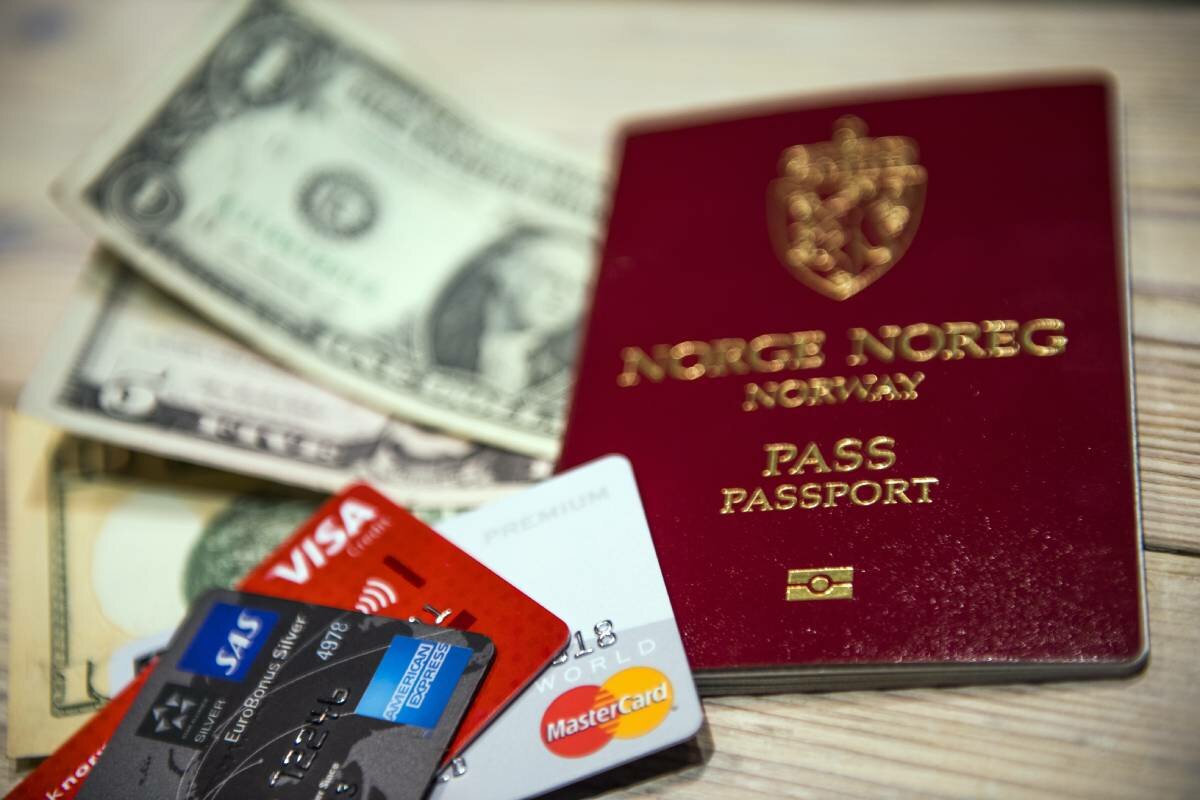The Norwegian Directorate of Immigration (Utlendingsdirektoratet, UDI) has released its annual figures on the number of European Union / European Economic Area citizens settled in Norway for employment, to study, or to be reunited with a family member in 2021. Regardless of the societal and economic impacts of the lingering COVID pandemic, the figures highlight the returned strength of migration to Norway.
UDI collates an annual overview of EEA registrations
Like all good government departments, the UDI has a particular love (whether through force or habit) of statistics. One of the more interesting data points it gathers annually is European Economic Area (that is, the 27 member countries of the European Union countries plus Iceland, Liechtenstein, and Norway) registrations to Norway by citizenship and by purpose. In other words, how many EEA citizens are flocking to or fleeing from Norway each year.
Given the various political debates in other countries about securing “borders” and being “tough” on immigration, from Budapest to Bolsanro’s Brazil and most other places in between, the UDI’s figures are rarely used for political gain in the halls of Norwegian power…yet.
There are four types of “purpose” that the UDI categorizes each EEA citizen upon proper registration in Norway. They can come to Norway for employment reasons (“work”), to be reunited with a close family member (most often a spouse or a parent, “family”), to broaden their education and study (“education), or by simply having a sort of “financial independence” whereby you have significant enough money not to bother the Norwegian welfare system (“own funds”). So, let’s dig into the statistics and see what trends can be unearthed.
Total numbers up, economic need for labour
Given the state of the nation in 2020 – with various societal lockdowns, closed borders, and the process of any form of travel given a Byzantine touch – it is no surprise that as Norway reopened again in 2021, there was an increase in total EEA registrations in Norway. Only 19.963 EEA citizens managed to make it to Norway in 2020. As the country reopened in 2021, and the economy settled and grew substantially, there was naturally more need for labor. This is part of the reason why there was a 22.7% increase in total EEA citizens’ registrations in 2021, surging to 24.507.
Due to various supply chain bottlenecks worldwide, Norwegian firms were calling out for the (relatively) cheaper labor that EEA citizens provide. Surging consumer demand – fuelled by online shopping as both a more convenient and safer option in the COVID era – led to an increased demand for lower-skill / manual labor type jobs ranging from truck drivers to fruit pickers. This economic pull side factor was one of the reasons for the increased EEA registrations in 2021 compared to 2020.

Did less “wealthy” people arrive in Norway in 2021?
The most surprising aspect, however, comparing the 2021 figures to 2020 was the 24.6% drop in EEA citizens who moved to Norway with their “own funds”. Due to the state of the Norwegian economy in 2020 – mass unemployment, economic uncertainty, and insecurity – there were, naturally, fewer employment opportunities. This means that, to a large degree, one had to have some sort of financial independence and security before trekking up to the cold North.
As the country and economy reopened in 2021, there were more employment opportunities and thus less need for EEA citizens to be financially well off. This was reflected, in total numbers, as only 474 saw their “own funds” as the purpose for registration in 2021 compared to some 629 in 2020. In other words, in times of economic crisis, like 2020, it is often only the more well off that can travel and start a new life in Norway.
A rise in educational emigration
What should be quite pleasing for educational institutions nationwide is that the UDI recorded a 210% increase in EEA citizens studying in Norway. Whilst only 2.389 made it to the lecture halls and classrooms of this country in 2020, over 5.000 (5.022 to be exact) came to Norway for educational purposes last year.
Given that during much of 2020, the borders were closed to most people except Norwegian citizens and permanent residents, this huge increase in 2021 should be no surprise. The figures show that Norwegian educational institutions obviously have a qualitative edge making them a popular choice for EEA citizens to move to this country. The more developed Western European countries dominated this category with some 1.680 Germans, 945 French, and 546 Italians arriving in Norway to broaden their mind.
Baltic and Eastern European citizens came for family/work, increasing number of Spanish
Norway has, to some extent, a layered economy. The locals, or those that can master the Norwegian language, are employed in well-paid white collar work. However, when you want a service – your hair cut, your pipes fixed, or your drink mixed – it is often provided by an EEA citizen. More often than not, this EEA citizen comes from either a Baltic or Slavic country.
These countries accounted for 61% of the total number of EEA citizens moving to Norway for employment reasons. Of these countries, the largest number were from either Poland (5.051) or from Lithuania (2.029). If we look at the bottom end of the scale, only 2 Luxembourgers made it to Norway for employment reasons in 2021.
Putting aside employment as a reason for a move to Norway, these countries also dominated the “family” category. Almost 38% of the number of EEA citizens moving to Norway to be reunited with a family member were Polish, with Lithuanians (13.5%) and Germans (7.2%) rounding out the top 3.
Reuniting with a family member in Norway was not solely for citizens of the former Eastern Bloc. An increasing number of Spaniards, it appears, have made Norway home. There was a 15.6% increase, in 2021, of Spaniards moving to Norway for family compared to the previous year.
What will 2022 bring?
Some COVID context should be given when discussing any statistical trends collated by UDI. Though we have seen a general increase, for 2021, in the number of EEA citizens arriving in Norway, this is only because access to, and opportunities in, the country were so heavily restricted and limited the year before.
Though the borders now are open, the restrictions on the wane, and the economy ticking along very nicely, one year’s data is perhaps too little to see trends or make sweeping predictions. We will have to wait in earnest for the UDI’s figures for this year to see if and why an increasing amount of EEA citizens continue to make Norway home.
Source : #Norway Today / #NorwayTodayNews
Do you have a news tip for Norway Today? We want to hear it. Get in touch at [email protected]






Be the first to comment on "Who moved to Norway in 2021? Here’s what the most recent statistics say"